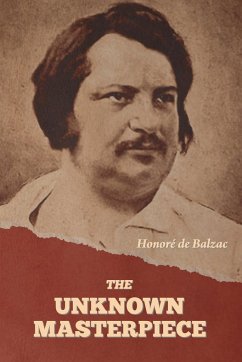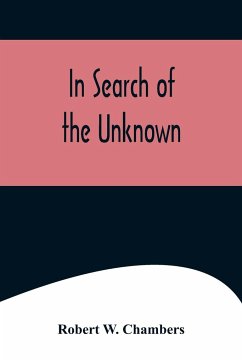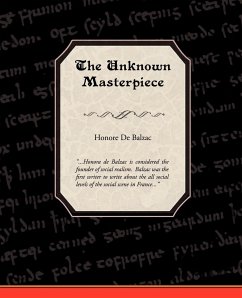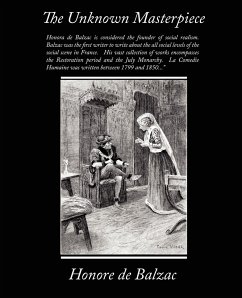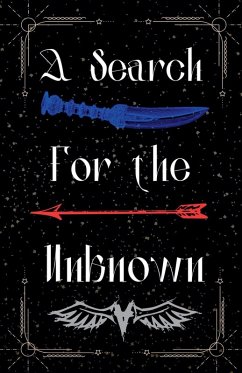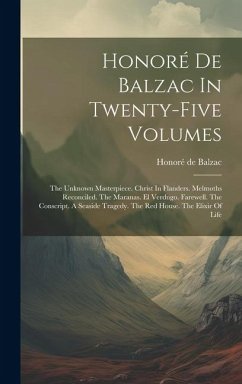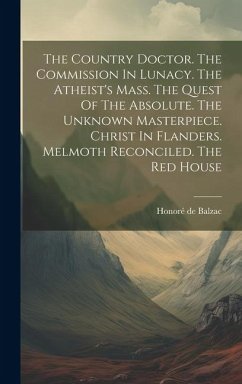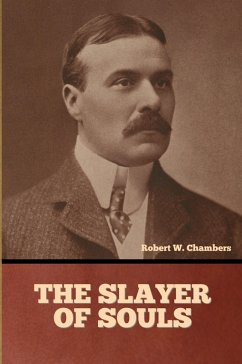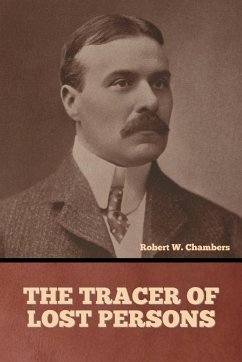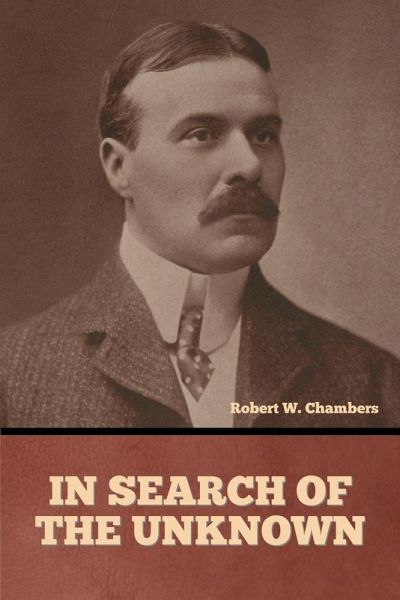
In Search of the Unknown
Versandkostenfrei!
Versandfertig in 1-2 Wochen
17,99 €
inkl. MwSt.

PAYBACK Punkte
9 °P sammeln!
Loosely connected stories of whimsy and mystery, mostly involving an amusing young man very susceptible to young women and to the wackadoodle in life. A story about a search for the great auk is followed by stories of increasingly unlikely encounters with increasingly off-the-rails situations. There's a layer of dry wit here that keeps the stories from tilting over into romantic slosh. Chambers sometimes overdoes descriptions, but often he finds the perfect phrase to make the setting vivid. What was surprising is that Chambers' female characters are competent, interesting, and self-assured--no...
Loosely connected stories of whimsy and mystery, mostly involving an amusing young man very susceptible to young women and to the wackadoodle in life. A story about a search for the great auk is followed by stories of increasingly unlikely encounters with increasingly off-the-rails situations. There's a layer of dry wit here that keeps the stories from tilting over into romantic slosh. Chambers sometimes overdoes descriptions, but often he finds the perfect phrase to make the setting vivid. What was surprising is that Chambers' female characters are competent, interesting, and self-assured--not what I expected of young women in a book from this time period. They take on "big, bitey snakes" (a phrase that got repeated in one of the stories), mammoths, and invisible people with a lot of aplomb. (Unfortunately, Chambers gives the one black character with a speaking part some cringeworthy dialect.) (Pat) About the author: Robert William Chambers (May 26, 1865 - December 16, 1933) was an American artist and fiction writer, best known for his book of short stories titled The King in Yellow, published in 1895. Chambers was first educated at the Brooklyn Polytechnic Institute, and then entered the Art Students' League at around the age of twenty, where the artist Charles Dana Gibson was a fellow student. Chambers studied in Paris at the École des Beaux-Arts and the Académie Julian from 1886 to 1893, and his work was displayed at the Salon as early as 1889. On his return to New York, he succeeded in selling his illustrations to Life, Truth, and Vogue magazines. Then, for reasons unclear, he devoted his time to writing, producing his first novel, In the Quarter, written in 1887 in Munich. His most famous, and perhaps most meritorious, effort is The King in Yellow, a collection of Art Nouveau short stories published in 1895. This included several famous weird short stories which are connected by the theme of a fictitious drama of the same title, which drives those who read it insane. E. F. Bleiler described The King in Yellow as one of the most important works of American supernatural fiction. It was also strongly admired by H. P. Lovecraft and his circle. Chambers's main work of historical fiction was a series of novels set during the Franco-Prussian War. These novels were The Red Republic (1895, centring on the Paris Commune), Lorraine (1898), Ashes of Empire (1898) and Maids of Paradise (1903). Chambers wrote Special Messenger (1909), Ailsa Paige (1910) and Whistling Cat (1932), novels set during the American Civil War. Chambers also wrote Cardigan (1901), a historical novel for younger readers, set at the outbreak of the American Revolution. Chambers later turned to writing romantic fiction to earn a living. According to some estimates, Chambers had one of the most successful literary careers of his period, his later novels selling well and a handful achieving best-seller status. Chambers' romance novels often featured intimate relationships between "caddish" men and sexually willing women, resulting in some reviewers accusing Chambers' works of promoting immorality. Many of his works were also serialised in magazines. (wikipedia.org)





